A small lesson in genome stuff
How does
Natasha,
our golden silk spider (Nephila clavipes)
know how to make spider silk? Does she just mix
up a bunch of chemicals and out pops silk or does something inside
her direct the building process? Each cell
 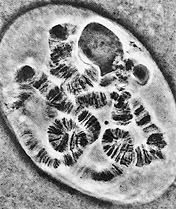
in our (and her) body contains the instructions inside the nucleus
(cell shown on left, nucleus
shown here on the right). Inside the nucleus are chromosomes
and each chromosome contains a number of genes that tell a cell how
to manufacture different proteins needed by the body. One of those
proteins is the stuff that makes super strong spider silk.
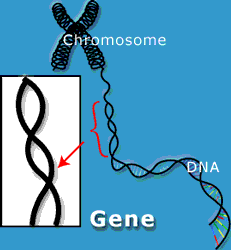 
Each gene contains a sequence of nucleic acids
from an alphabet of 4 nucleic acids and consists of two long
strings of DNA
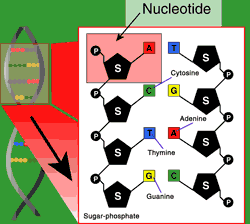 
The strings of DNA are complementary such that the As connect to
Ts and the Cs connect to Gs. The resulting structure is a double
helix that was discovered by Watson and
Crick in 1953. The existance of 2 strings makes reproduction
easy: you break the helix into the two strings, and form another
string that is complementary (i.e. each A is paired with a T and
each C is paired with a G, and of course, each T is paired with an
A and each G is paired with a C.
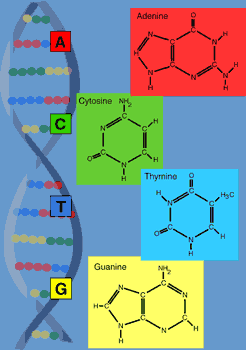 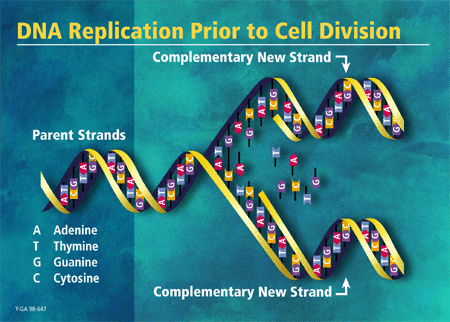
Now the really elegant feature of DNA is that each group of 3
nucleotides (A,T,C,G) tells the spider's chemical factory to add
one of 20 amino
acids to a chain of amino acids. Its like a small language
where the triples specify a word from a vocabulary of 20 words and
the resulting string of words is a sentence - and the sentence, we
call a protein. The vocabulary is shown in this figure, G for
Glycine, A for alanine etc. (see the figure at the bottom).
Each cell in Natasha knows how to make spider silk, but only
very special cells make silk. This is because something controls
the translation of the silk gene DNA to RNA (expression).
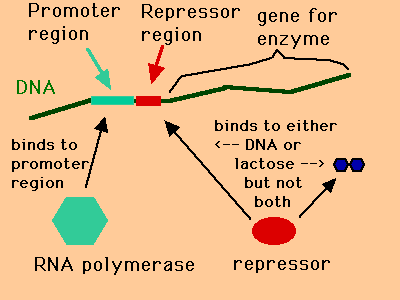 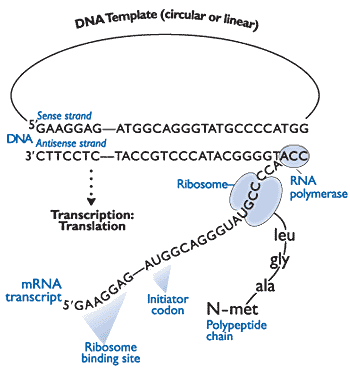
In many (maybe all?) genes exists a promoter region and a
repressor region and they control whether the DNA will be
translated into RNA and eventually into a protein. If the promoter
region is activated, then the DNA is copied to a messenger RNA,
mRNA. This string of RNA is then
translated to a protein as shown here:

Each amino acid is specified by a sequence of 3 nucleotides, a
word in the vocabulary of the genome:

The link between nucleotide words ( composed of the letters
A,C,T,G) and their message (a sentence)forms a language. Is there a
syntax to this language? Do certain sentences make certain
structures like loops or hairpin turn? Are their semantic
constructs within this language? Josh has pulled together the ideas and
organized them in an understandable way.
Summarizing, DNA provides the roadmap for making the proteins
that are used to build spider silk. The DNA is translated to
messenger RNA (mRNA) which is turn directs the building of the
protein, one amino acid at a time. The entire process appears
as:
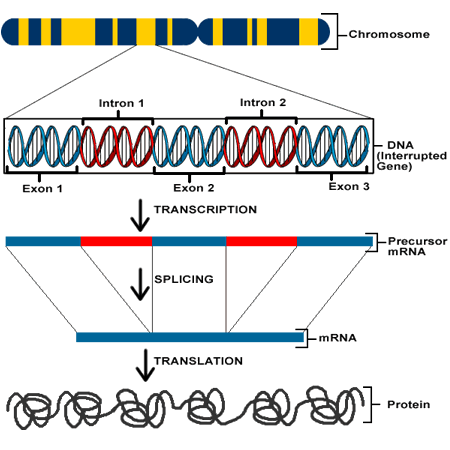
Now you have all the main ideas to start a new journey down the
path of understanding how Natasha makes spider silk.

Many scientists are working on the problem - and you can work on
this problem also. These links will help
you get started.
Footnote: Here is the table of amino acids and their alphabet
codes
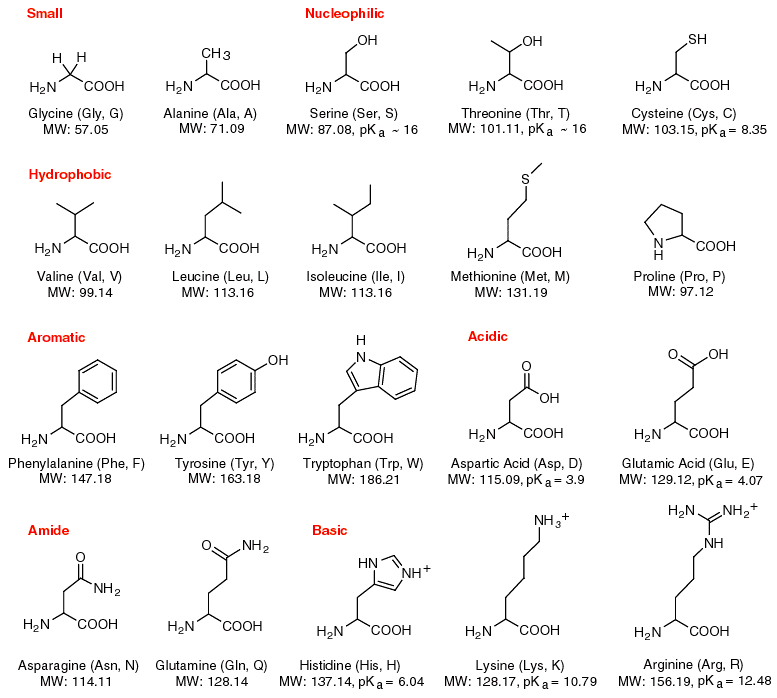
Now take your understanding and try a project --->
Powered by Frank
Starmer
|